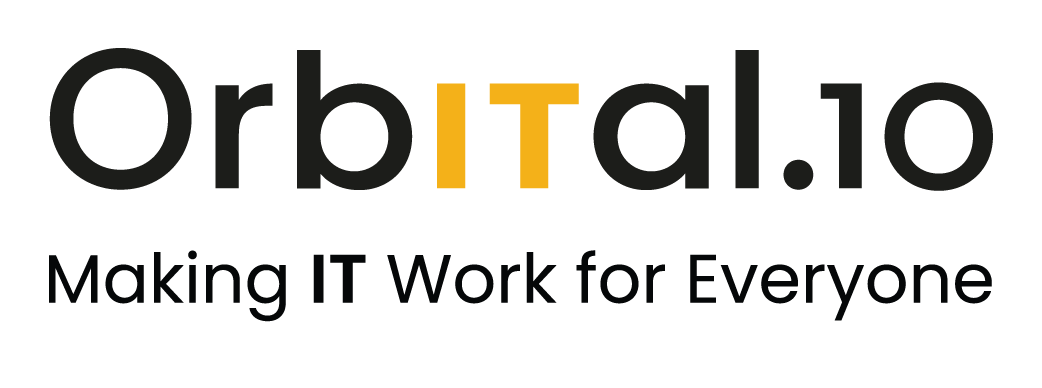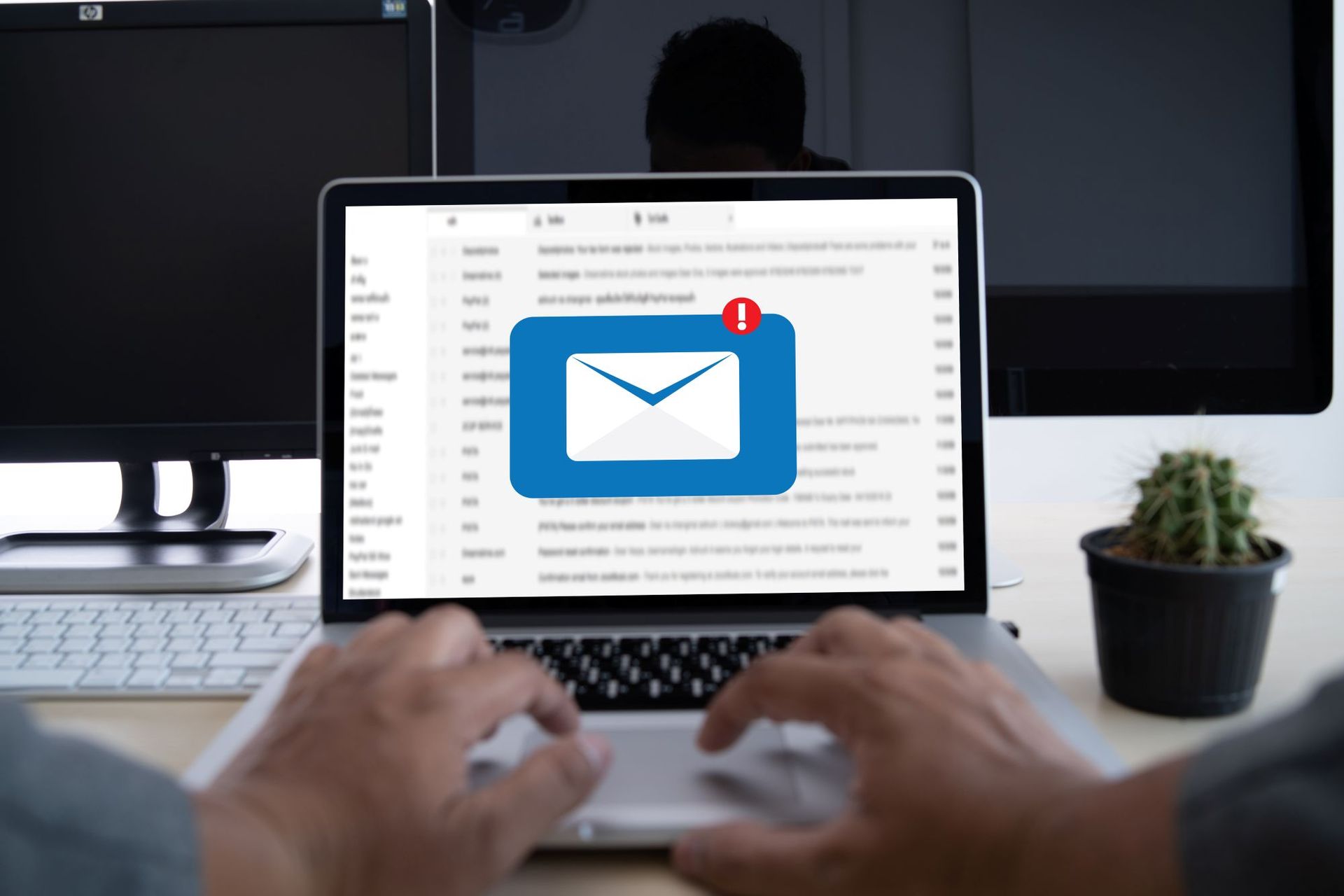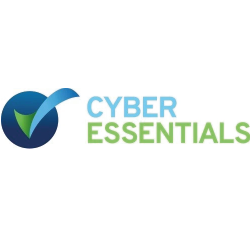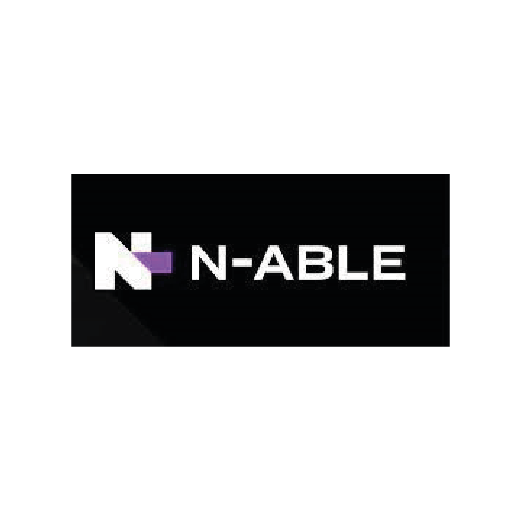Stronger together. Create a security-conscious workforce.
Cyberattacks are a constant threat in today's digital world. Phishing emails, malware downloads, and data breaches can cripple businesses and devastate personal lives.
Employee error is the reason many threats get introduced to a business network. A lack of cybersecurity awareness is generally the culprit - people don’t know any better, so they accidentally click a phishing link. They also create weak passwords, easy for hackers to breach.
It’s estimated that 95% of data breaches are due to human error.
But here's the good news, these mistakes are preventable. Building a strong culture of cyber awareness can significantly reduce your risks.
Why Culture Matters
Think of your organisation's cybersecurity as a chain. Strong links make it unbreakable, while weak links make it vulnerable. Employees are the links in this chain. By fostering a culture of cyber awareness, you turn each employee into a strong link. This makes your entire organisation more secure.
Easy Steps, Big Impact
Building a cyber awareness culture doesn't require complex strategies or expensive training programs. Here are some simple steps you can take to make a big difference.
1. Start with Leadership Buy-in
Security shouldn't be an IT department issue alone. Get leadership involved! When executives champion cyber awareness, it sends a powerful message to the organisation. Leadership can show their commitment by:
· Participating in training sessions
· Speaking at security awareness events
· Allocating resources for ongoing initiatives
2. Make Security Awareness Fun, Not Fearful
Cybersecurity training doesn't have to be dry and boring. Use engaging videos, gamified quizzes, and real-life scenarios. These keep employees interested and learning.
Think of interactive modules. Ones where employees choose their path through a simulated phishing attack. Or short, animated videos. Videos that explain complex security concepts in a clear and relatable way.
3. Speak Their Language
Cybersecurity terms can be confusing. Communicate in plain language, avoiding technical jargon. Focus on practical advice employees can use in their everyday work.
Don't say, "implement multi-factor authentication." Instead, explain that it adds an extra layer of security when logging in. Like needing a code from your phone on top of your password.
4. Keep it Short and Sweet
Don't overwhelm people with lengthy training sessions. Opt for bite-sized training modules that are easy to digest and remember. Use microlearning approaches delivered in short bursts throughout the workday. These are a great way to keep employees engaged and reinforce key security concepts.
5. Conduct Phishing Drills
Regular phishing drills test employee awareness and preparedness. Send simulated phishing emails and track who clicks. Use the results to educate employees on red flags and reporting suspicious messages.
But don't stop there! After a phishing drill, take the opportunity to dissect the email with employees. Highlight the tell-tale signs that helped identify it as a fake.
6. Make Reporting Easy and Encouraged
Employees need to feel comfortable reporting suspicious activity without fear of blame. Create a safe reporting system and acknowledge reports promptly. You can do this through:
· A dedicated email address
· An anonymous reporting hotline
· A designated security champion employees can approach directly
7. Security Champions: Empower Your Employees
Identify enthusiastic employees who can become "security champions." These champions can answer questions from peers as well as promote best practices through internal communication channels. This keeps security awareness top of mind.
Security champions can be a valuable resource for their colleagues. They foster a sense of shared responsibility for cybersecurity within the organisation.
8. Beyond Work: Security Spills Over
Cybersecurity isn't just a work thing. Educate employees on how to protect themselves at home too. Share tips on strong passwords, secure Wi-Fi connections, and avoiding public hotspots.
Employees who practice good security habits at home are more likely to do so in the workplace.
9. Celebrate Success
Recognise and celebrate employee achievements in cyber awareness. Did someone report a suspicious email? Did a team achieve a low click-through rate on a phishing drill? Publicly acknowledge their contributions to keep motivation high. Recognition can be a powerful tool. It's helps reinforce positive behaviour and encourages continued vigilance.
10. Bonus Tip: Leverage Technology
Technology can be a powerful tool for building a cyber-aware culture. Use online training platforms that deliver microlearning modules and track employee progress. You can schedule automated phishing simulations regularly to keep employees on their toes.
Tools that bolster employee security include:
· Password managers
· Email filtering for spam and phishing
· Automated rules, such as Microsoft’s Sensitivity Labels
· DNS filtering
The Bottom Line: Everyone Plays a Role
Building a culture of cyber awareness is an ongoing process. Repetition is key! Regularly revisit these steps. Keep the conversation going. Make security awareness a natural part of your organisation's DNA.
Cybersecurity is a shared responsibility. By fostering a culture of cyber awareness your business benefits. You equip everyone in your organisation with the knowledge and tools to stay safe online. Empowered employees become your strongest defence against cyber threats.
Contact Us to Discuss Security Training & Technology
Need help with email filtering or security rules setup?
Would you like someone to handle your ongoing employee security training?
We can help you reduce your cybersecurity risk in many ways.
Article used with permission from The Technology Press.



























